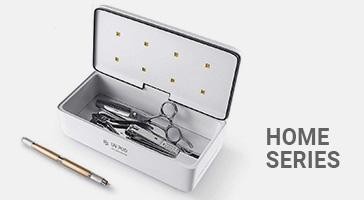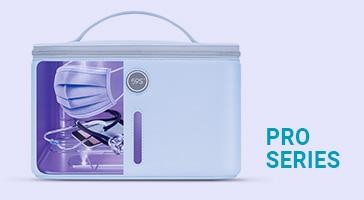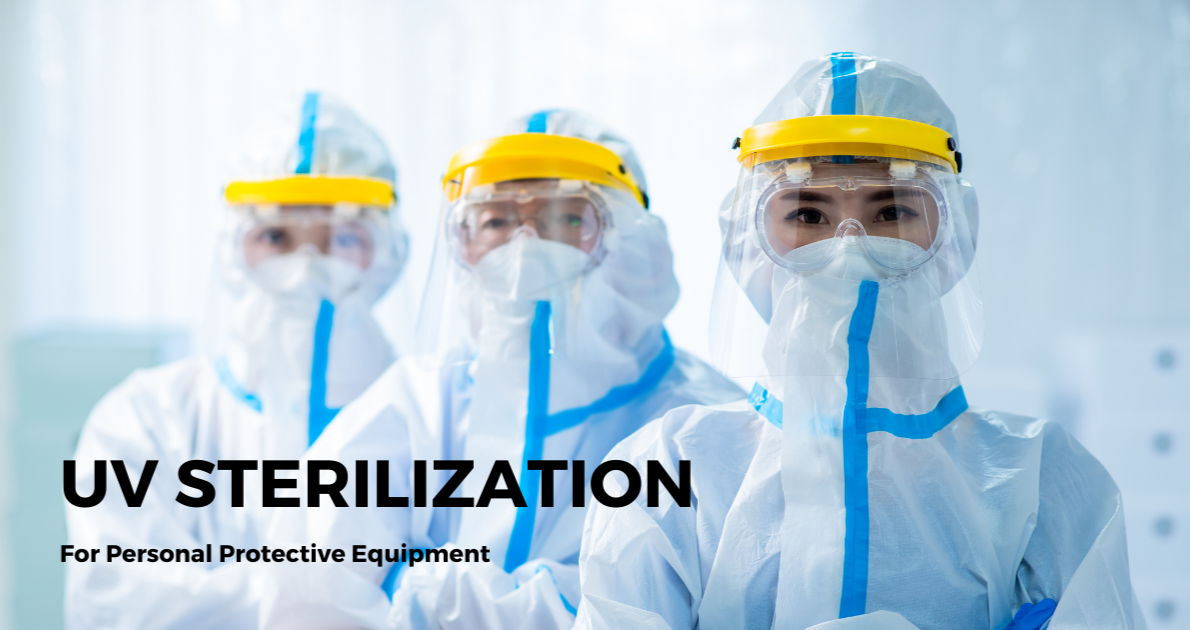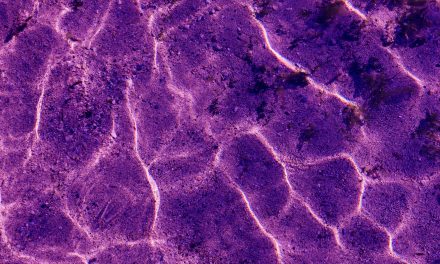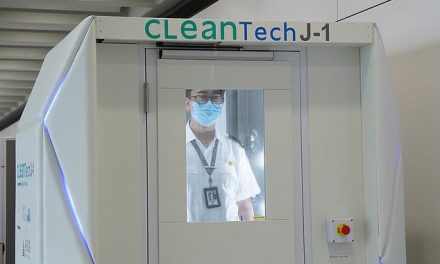AN INTRODUCTION TO USING ULTRAVIOLET STERILIZERS FOR PPE
There are many different types of Personal Protective Equipment that can help protect an individual from various hazards such as chemical, biological and radiological. These include masks, gloves, safety glasses, and protective clothing. In a typical work environment, a worker is likely to come into contact with many different materials and chemicals. In order to keep the worker as safe as possible from these hazards, PPE must be worn. If PPE is contaminated, the worker may experience health problems such as irritation to the skin, eye damage, inhaling harmful chemicals, and an increased risk of infection.
In this article, we will look at how UV sterilizers are being used to disinfect PPEs and the different types of UV sterilizers perfect for the job.
What is personal protective equipment (PPE)?
Personal protective equipment (PPE) is the collective term for any of various devices worn by workers to protect them from hazards in their work environments. These include respirators, gloves, safety glasses, hard hats, earplugs, and other items.
In general, it is not required for most jobs. Albeit, some types of medical jobs may require personal protective equipment, such as a lab coat and goggles. However, at the height of the Covid-19 pandemic, PPEs became essential to not just frontliners in the medical industry but also regular people in order to protect them from contracting the virus.
How does personal protective equipment work (PPE)?
The use of personal protective equipment (PPE) allows a person to perform a particular task, but it does expose the user to chemical hazards. These hazards can include hazardous chemicals, harmful atmospheres due to leaks of dangerous vapors or particulates, and extreme temperatures.
Personal protective equipment (PPE) is used to protect workers from these hazards while they perform a task. PPE usually consists of at least two layers: one outer and one inner. The outer layer usually is a resistant material intended to protect the user from hazardous outside conditions. The inner layer can be made of other materials, such as organic or non-organic materials, or combinations of these.
Personal protective equipment can also be used to provide a barrier between materials and radiation levels within the workplace, such as in radiation laboratories and storage of radioactive material.
What are some reasons to use personal protection equipment (PPE)?
Some of the reasons to use personal protective equipment include:
- reduce loss from injuries, accidents, and contamination
- reduce the severity of occupational illnesses
- prolong the working life of a person’s body equipment that helps protect vulnerable areas
What level of protection does personal protective equipment (PPE) provide?
Personal protective equipment (PPE) provides a level of protection from hazards such as chemicals, radiation, and blood-borne pathogens that could cause serious injury, illnesses, or death.
The specific level of protection from hazards offered by a PPE depends on the intended purpose of the piece of equipment and the personal characteristics of the wearer. To provide sufficient protection to workers, appropriate PPE must meet certain test criteria that ensure that adequate levels of protection are provided for occupational exposure.
What are the costs of using PPEs?
The costs of using PPEs vary depending on the type and quantity of the PPE, the type and length of exposure to risk, and any other factors that may be relevant. The costs of PPEs range from hundreds to thousands of dollars. The cost of the most common PPE, a respirator, can be as low as $100 and as high as $1,000.
This is why reusing PPE is the most viable option for most people. Reusing is more cost-effective than purchasing new equipment. Even though some PPEs and respirators only need to be used once, longer-lasting PPE like gloves and aprons can be used a number of times before having to be replaced.
Where can I buy PPEs?
There are many places to buy PPEs. The first place I would look is the Internet. There are many online shops that sell PPEs. Some of these shops are Amazon, Walmart, and Sears. Another place to go is a local fire station. They often have free samples of PPEs that you can try out before you buy them.
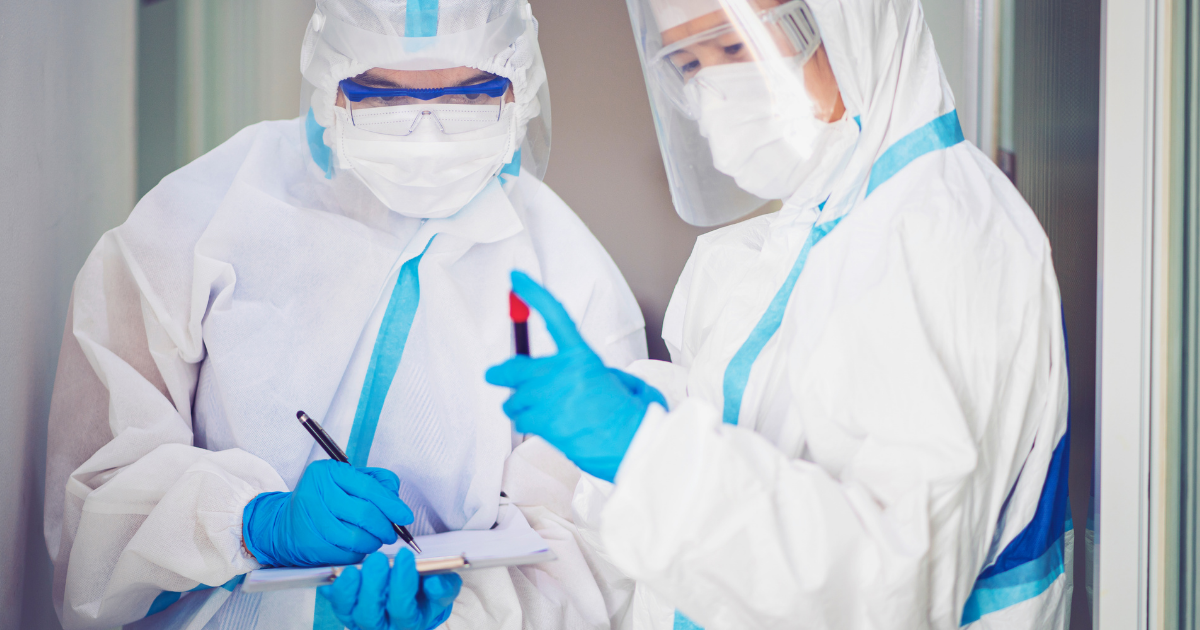
What are the types of personal protective equipment (PPE)?
The most common types of PPEs that are commonly used by first responders are respiratory protection and eye protection. Respiratory protection shields the wearer from inhaling harmful substances in the air, such as aerosols, smoke, dust, and chemicals. It also protects against chemical attacks by absorbing or neutralizing toxic gases. Eye protection shields the eyes from potential hazards such as flying debris, hazardous chemicals, and ultraviolet rays. It is also used in emergencies because it offers additional protection against chemicals, reflective particles, and radiation. Protection can also include protective hoods, facemasks, and shoe covers.
PPE is described in levels, which are graded according to the degree of protection they offer. The more protective levels are usually seen as being more expensive than their less protective counterparts. However, with all PPE, there is a certain amount of weight and bulk to wearing an item for the same level of protection.
PPE for non-occupational environment hazards
PPE can be used to provide protection to workers faced with aggressive, non-occupational environment hazards. Not all types of PPE are widely used or readily accessible in the United States for this purpose, but personal protective equipment examples include surgical masks, shoe covers, chemical resistance suits, and respirators.
PPE for hazardous materials
PPE can be used to provide protection from hazardous materials in the workplace. Not all types of PPE are widely used or readily accessible in the United States for this purpose, but examples include face shields, gas masks, and respirators.
Medical PPE
PPE can provide protection from disease transmission in hospitals or healthcare settings. Examples of PPE used in common hygienic practices include towels, gowns, facemasks, gloves, and shoe coverings.
Basic PPE
PPE can decrease the transmission of infectious disease between people who share close physical contact with infectious person-to-person. Examples of PPE used to prevent the transmission of the disease include masks, gowns, gloves, aprons or shoe covers, wraps, or bandages.
What is the best way to clean or remove bacteria from your PPE?
The best way to clean or remove bacteria from your PPE is with a solution of bleach and water. This can be done by either dipping your hands in the solution or spraying it on the PPE. This should be done as soon as possible to limit any spores that may have been at the surface of the PPE. One problem with using bleach on contaminated PPE is that many types of surfaces such as plastic and rubber may get damaged by bleach. This means that very little would actually remove the bacteria from contaminated surfaces of the PPE due to physical damage done.
Another problem with chemicals such as bleach being used on your PPE is that they may break down the chemicals which are used for bacterial removal. For instance, many times, manufacturers have changed to chlorine-free, biocides, or other chemicals to make a product safe for the wastewater. Chlorine-free chemicals tend not to remove bacteria as well as pure bleach does and may actually work against the effectiveness of the bactericidal treatment. Bacteria such as “Pseudomonas aeruginosa” are protein-bound and will not be removed in the bleach treatment.
The other way of disinfecting used PPE is by UV sterilization. It is a safer way to sanitize contaminated surfaces because it does not involve any chemicals. This process requires a UV sanitizer, and it can be used to eradicate existing bacteria, viruses, and spores. With the UV sterilization procedure, the filtered PPE is exposed to high-intensity ultraviolet radiation (UV), which converts the harmful microorganisms into inactive forms. The UV sanitizer is then used to disinfect contaminated PPE. The process of sterilization ultraviolet light causes no damage to the equipment, and it also saves time, labor, and money.
What is UV sterilization?
UV sterilization is a process in which UV light destroys pathogens in the water, air, and ground. The UV light penetrates the material at a molecular level. This process kills bacteria, viruses, and other microorganisms. UV sterilization is typically used as a form of disinfectant in hospitals, laboratories, and similar settings. UV sterilization is sometimes called chemical UV or germicidal UV irradiation.
Some researchers suggest that the beneficial effects of sunlight are similar to those achieved by ultraviolet radiation produced by sterilizers. Sunlight filters through the atmosphere twice, once when it strikes the earth’s surface and again when it reaches an observer. Once on earth, sunlight is very weak; however, as it re-emerges from the atmosphere, it has more than 100% of its original power.
The ultraviolet spectrum is mostly produced by the sun and consists of light energies between 200 nanometers (nm) to 400 nm. The term “ultraviolet light” is often used to represent wavelengths between 200 nm and 10 millimeters (mm) with higher energies able to penetrate further into tissue. The equivalent to the range of ultraviolet light is given as UVA, UVB, and UVC. Most sunscreens currently on the market block UVB and UVA rays along with a fraction of UVC. Many of these that are labeled “sun protection” will not offer all three ranges of light energy, merely the UVB range.
The germicidal action of UV radiation is the result of both direct actions on microorganisms and byproducts of short-lived reactions in the cell membranes. The effect of UV radiation on nonviable sunscreen cells is equivalent only to the action of water and oxygen on dead cells. Photodegradation products such as hydrogen peroxide, hydroxyl radicals, and other so-called reactive oxygen species (ROS) can cause damage to living cells when the composite UV dose to the cells is high.
How does UV-C light affect viruses?
Disinfect UV light is a damaging agent that can be found in sunlight. In fact, UV light has been shown to cause chemical reactions in many viruses, which ultimately leads to the destruction of the virus.
Beginner’s guide to UV sterilizers for PPE
First of all, you need to know how UV sterilizers work. Ultraviolet light (UV) is a type of electromagnetic radiation with a wavelength ranging from 10 nm to 400 nm that can be used for sterilizing objects. UV radiation is typically divided into three types: UVA, UVB, and UVC. UVA has long wavelengths that are not absorbed by plant life and thus are not damaging to the environment. UVB has wavelengths that are only partially absorbed by the ozone layer and thus cause damage to living creatures less than 150 micrometers in size. UVC is always completely absorbed as it has a wavelength shorter than 200 nm. UV lamps are the most simple and affordable way for fabricating UVC-sterilizing gears due to their low cost and simplicity of construction.
Why do you need a UV sterilizer to use with your personal protective equipment (PPE) kit?
In order to disinfect your personal protective equipment, you will need a UV sterilizer. This will help to kill 99.9% of germs and bacteria that may exist on your PPE. Clear glass UV sterilizers are not enough here. Many PPE brands offer non-clear fluoroelastomer or silicone material that can be used with a clear glass sterilizer. Occasionally, you may also find methacrylic crystal sterilizers that are suitable for PPE. If you want to use a clear glass or plastic UV sterilizer, make sure the instructions come with your equipment, and they provide a measure for dilution and treatment with hydrogen peroxide.
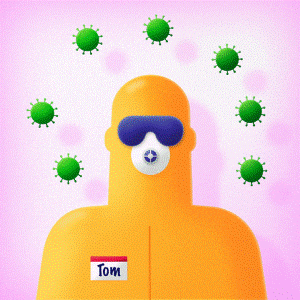
How long does UV disinfection last?
UV disinfection only lasts a few minutes, but it can be used repeatedly to remove pathogens from a surface. A typical UV light requires an average of 2 minutes to disinfect a surface. The longer you use the UV sterilizer, the more pathogens will be removed from a surface.
How to use a UV sterilizer to get rid of germs in PPEs
The first thing to do is to make sure the PPEs are clean. This can be done by hand washing all of them or with a UV sterilizer. The next step is to make sure the UV sterilizer is turned on. Then, take the PPEs that need to be disinfected and place them into the UV light. For best results, it is recommended to leave the PPEs in the light for about 1 hour. The last step is to take them out and let them dry before reusing them again.
Types of UV sterilizers ideal for disinfecting PPEs
There are many different types of UV sterilizers ideal for disinfecting PPEs. Some are installed in UV light air purifiers to disinfect a bigger area like a hospital room or a clinic, and some are more compact for personal use. UV sterilizers are the most common in germicidal irradiation, which kills pathogens and also destroys all remaining microorganisms on surfaces. Some UV sterilizers are also able to kill microorganisms through the use of chemicals.
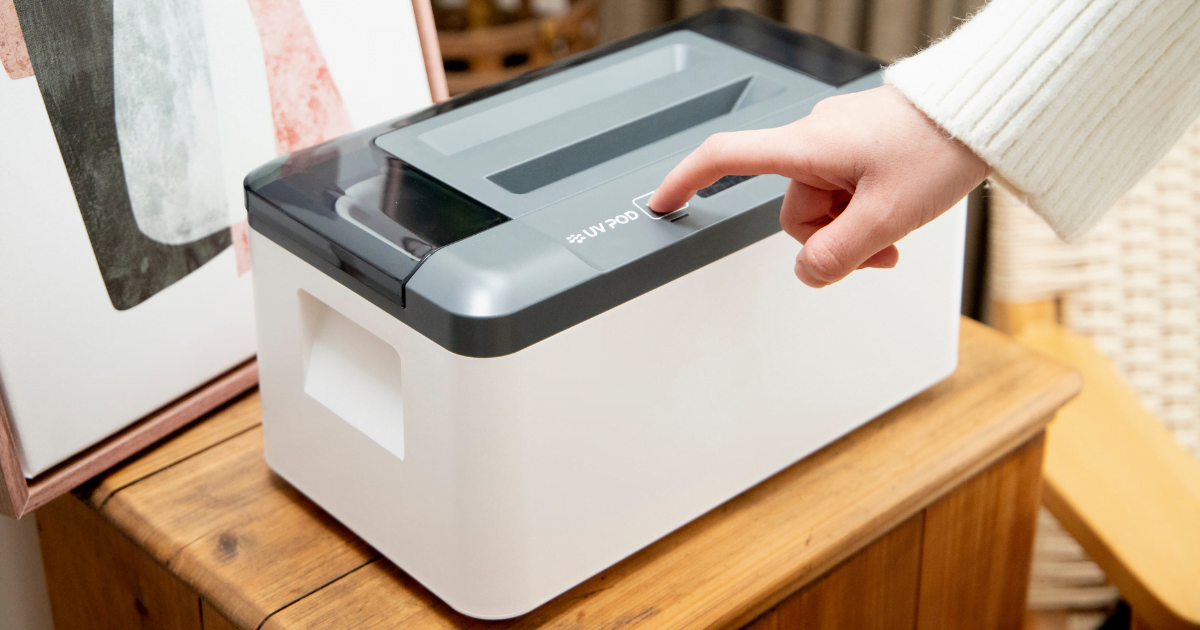
UV sterilizer box
The Uv sterilizer box can be used to disinfect a wide variety of personal protective equipment, such as masks and goggles. The first step is to clean the items in hot water, wash and dry, then place the items into the UV sterilizer box and close it. The UV lamp will start to work and kill any bacteria, viruses, and spores on the equipment.
UV sterilizers are usually used in healthcare centers to clean and disinfect medical equipment, such as sterile gloves and face masks. The sterilizer is used to sterilize by emitting high-intensity UV light.
A commercial unit is used in the hospital, which has a minimum of two tubes. The sterilizer can be connected with the water supply of the facility. The sterilizer is normally controlled by a computer program that determines when to turn on and off the UV ray tube, according to needs.
The UV-C light is responsible for killing the viruses and bacteria that cause disease. UV sterilizer box is ideal for personal protective equipment. It provides the same level of disinfection as required by FDA, but it’s more effective.
The box is a highly efficient way to disinfect PPEs. It provides for the fast and thorough destruction of bacteria, viruses, and other microorganisms. It is very important to use a UV-C light when you are in need of sterilization.
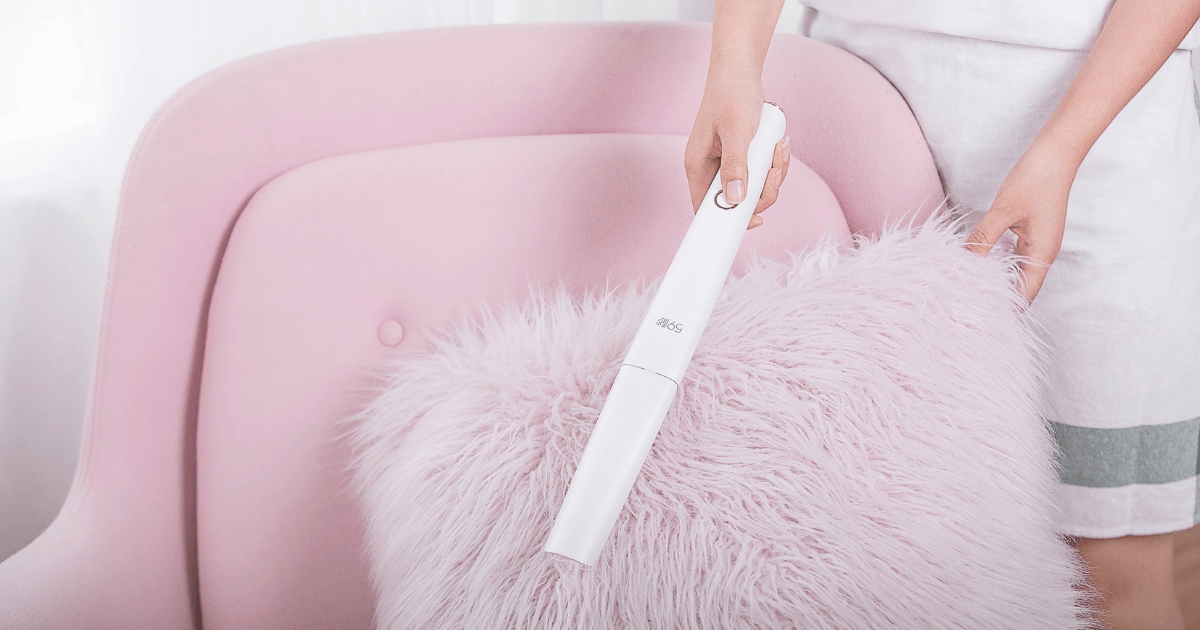
UV sterilizer wand
The UV light from the sterilizer wand will kill all bacteria, viruses, and mold spores on its surface. The UV light also kills any microorganisms that may have been missed by a manual wipe. After the light is turned on, bacteria, mold spores, and viruses are killed by its intense UV light.
The UV sterilizer wand also kills any germs that may have been inside the PPE. It is recommended that when you are done cleaning with it, you must wipe the surface with dry tissue to avoid any germs from being left behind.

